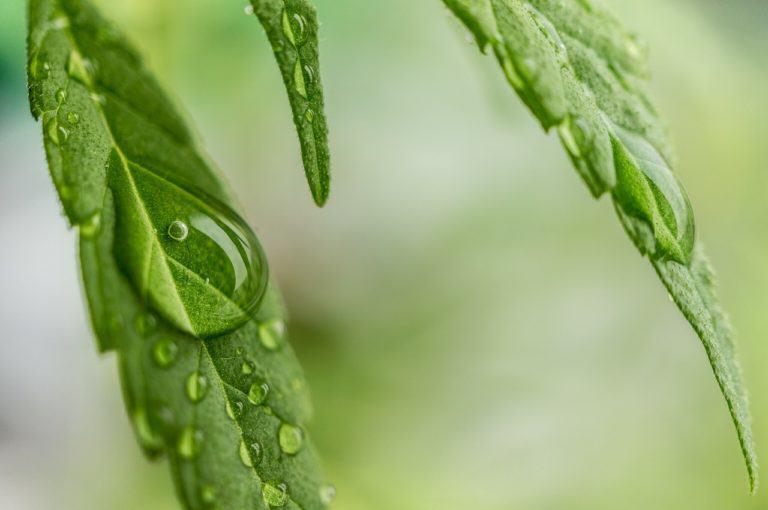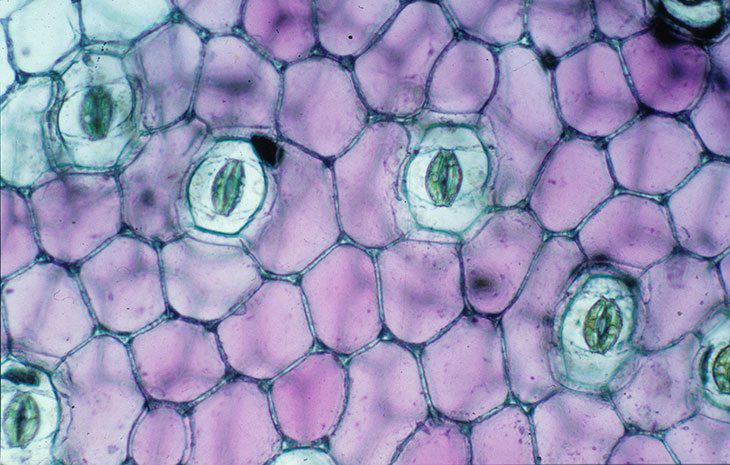Vapour pressure deficit (VPD) in cannabis cultivation
List of contents
What is vapour pressure deficit?
Often, cannabis growers who have their plants in indoor grow tents or rooms with artificial lighting, take into account parameters such as temperature and relative humidity to maximize plants growth and bloom, thus obtaining abundant harvest with top quality flowers. As we will see later, these factors affect different processes of the plant, such as transpiration or nutrient uptake.
However, we usually forget about another important factor that is related to the aforementioned ones: vapour pressure deficit or VPD. Broadly speaking, VPD is the difference between the amount of water vapour that the atmosphere is able to retain (which depends on temperature) and the amount of water vapour contained in it (relative humidity). It is usually measured in kilopascals (kPa).

Providing our plants with a correct relationship between temperature and relative moisture will keep us on the right VPD parameters, increasing the plant's activity and thus improving its growth and showing its full potential during the flowering phase. The ideal would be to adjust both parameters (temperature and humidity) to get the best possible VPD value, so that the development of plants will be amazing.
VPD: Temperature and humidity in cannabis cultivation

In the chart above you can see the right temperature and moisture values to maximize the development of cannabis plants. The green zone shows you optimal values of VPD, in which it would be ideal to maintain the environment. The orange zone shows correct values, in which plants should not have problems to develop normally. However, red areas show values in which your plants will be very far from hit their full potential, since the relation between temperature and moisture is not optimal.
With relatively high values of VPD (between 5 and 12) plants tend to open their stomata and release a considerable amount of water vapour into the environment (increasing their transpiration). This increase in transpiration results in an increase in the plant's photosynthetic activity, which will need more nutrients and will improve its overall growth, both during growth and bloom. The best range is between 7.5 and 10.5, which we have marked in green. However, we must be careful that VPD is not too high (dark red zone) since the plant would close its stomata to avoid releasing too much water vapour to the environment, which would result in fast dehydration due to excessive transpiration.
On the other hand, if VPD is too low (light red zone), the plant will also close its stomata for not releasing more water into the atmosphere, which in this case would be already saturated (it would have reached the maximum water retention capacity in a specific temperature). In this way, reducing transpiration will also reduce photosynthesis, which has a direct impact on the plant's development and yield.
That way, VPD is essential when it comes to offer the best conditions for the development of plants, also to understand its water requirements according to the nutrients used and thus adjust them correctly to meet the grower?s expectations. We have seen that the best way to keep a suitable VPD value is to control the temperature and/or relative humidity, which is something we have multiple options for, as we will see later.

How to calculate VPD in a cannabis culture
In order to calculate the vapour pressure deficit in our grow space, we just need to know the temperature and relative humidity inside it. We also need to know the saturated vapour pressure (SVP) values for a given temperature, which are listed below.
Saturated steam pressure values chart
(Temperature: Celsius / SVP: Pascals)

We use the following formula to calculate the VPD:
VPD= ((100-RH) / 100) * SVP
Let's see an example: imagine that we have a grow room at 28°C with a relative humidity of 75%. If we take a look at the SVP chart, we will know that at 28 degrees Celsius corresponds to 3779 Pa. Let's apply the formula:
VPD = ((100-75) / 100) * 3779 so VPD = 0.25 * 3779 = 945 Pascals = 9.45 Hectopascals
Considering that values of the table are given in Hectopascals, this gives us a result of 9.45 hPa, a value located in the green area of the chart, perfect for our plants development. If we subtract the SVP value that we got, we will know the saturation deficit, that is, the amount of water that the environment still needs to form dew.

Low levels of VPD combined with high relative humidity (light red zone) may cause nutrient deficiencies, guttation phenomenon, different diseases or weak growth; while a high SPD value combined with low relative humidity (dark red zone) it could cause wilting, curled leaves, poor growth or crisp leaves.
How to control temperature and humidity in indoor grow rooms
If you usually read the indoor growing section of our Blog, you probably already know most of the systems to control the climate for this cultivation technique. However, let's make a brief review for those who are not sure how to set up an indoor grow.
Grow lights used in indoor cultivation (usually sodium vapour lamps) produce a lot of heat, so an essential element to regulate the climate properly is the air extraction equipment. Thanks to it, we will be able to expel the heat emitted by the bulb and the moisture produced by the plants themselves, also to introduce new and fresh air into the grow room. Most modern air extractor fans include temperature and/or moisture controllers, which will operate depending on the values set by the user. Of course, there are also climate control units which can be connected to all kinds of devices to regulate the temperature and relative humidity inside the grow room.
Thus, we can connect an air humidifier in case you need to raise the moisture or fans if what we want is to decrease it. With the climate controllers we can also modify the extraction equipment speed and adjust it in order to expel the correct amount of heat and moisture. If the temperature is too high, we can use less powerful bulbs or LED systems, increase extraction and ventilation or use air conditioning.

On the other hand, if it is necessary to increase the temperature, we can incorporate to the assembly some heating device like tubular heaters for greenhouses or heat mats. Reducing ventilation and extraction will also help, although you will need to control the increase in relative moisture. In short, climate control units allow us to set the temperature and moisture values that will determine the operation of all devices connected, which certainly represents a great help for the grower.
Dehumidifiers decrease environmental moisture and release heat, which can be helpful in certain cases like very moist and cool areas, such as basements. We can also add CO2 to the environment, although this is usually reserved for experienced growers who have their grow room fully optimized. As we see, there are numerous options in the market to meet all the needs and achieve the ideal environment for our plants, which has a direct impact on their performance.
Do not hesitate to post your comments and questions, we will be glad to answer them!
Happy harvests!








































































